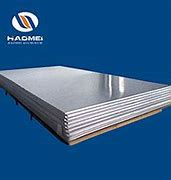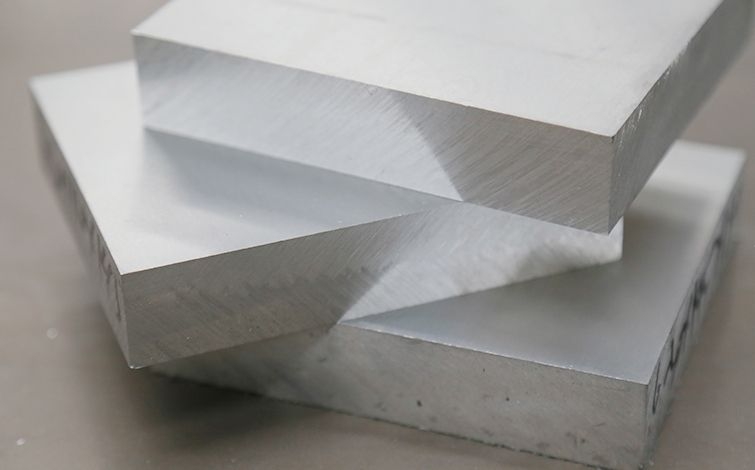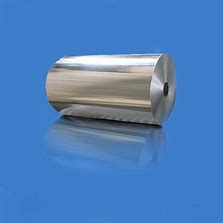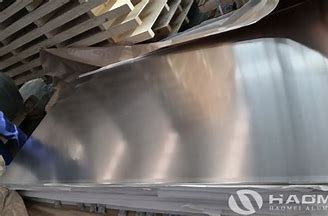



Compared to other metal materials, aluminium alloy has a number of characteristics. It is a silvery-white, light metal with low density and large reserves. Aluminium alloys also have good plasticity, high electrical and thermal conductivity, and are also resistant to oxidation and corrosion. And there are certain characteristics of aluminium alloys that come into play during the welding process, which we will describe next. And the purpose of our introduction is to make you understand what problems may arise in aluminium alloy welding, so that you can better choose the right aluminium alloy processing method!
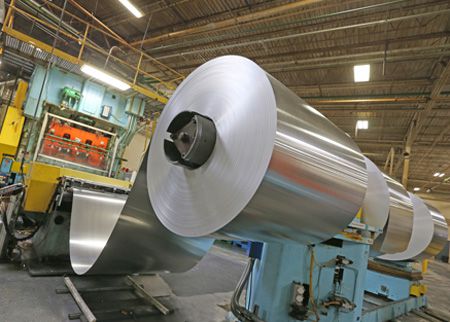
Generally speaking, 1-series, 3-series and 5-series aluminium alloys are suitable for welding, while 2-series, 6-series and 7-series aluminium alloys are not. The reasons why they are not suitable include, for example, aluminium is extremely susceptible to oxidation to produce thin films of aluminium trioxide, which can easily produce inclusions in the weld seam, thus destroying the continuity and uniformity of the metal and reducing its mechanical properties and corrosion resistance. In addition, during the welding process of aluminium alloys, there is a certain possibility that there will be weld deformation and a large tendency to form cracks. The coefficient of linear expansion and crystalline shrinkage of aluminium is approximately twice as large as that of steel, which can easily produce large internal stresses in the form of weld deformation and will contribute to the formation of thermal cracks in rigid structures. The thermal conductivity of aluminium is large (pure aluminium 0.538 cal/Cm.s.℃), about four times that of steel, therefore, when welding aluminium and aluminium alloys, more heat is consumed than when welding steel. Attention should also be paid to the burn-off of the evaporation of the alloying elements. Aluminium alloys contain elements with low boiling points (such as magnesium, zinc, manganese, etc.), which are very easy to evaporate and burn out under the action of a high temperature arc, thus changing the chemical composition of the weld metal and making the weld performance drop. High temperature strength and low plasticity is also an important influence. The strength and plasticity of aluminium is low at high temperature, which destroys the forming of the weld metal and sometimes easily causes the collapse of the weld metal and the phenomenon of weld penetration. Finally, there is no colour change in aluminium alloys during welding. When aluminium and aluminium alloys change from solid to liquid state, there is no obvious colour change, making it difficult for the operator to grasp the heating temperature.
* Thank you for your inquiry. Please provide your business needs information so that we can better serve you.
This information can help us assign the most suitable person to solve your problem. We will give you feedback within 1-2 working days.
Related Blog
